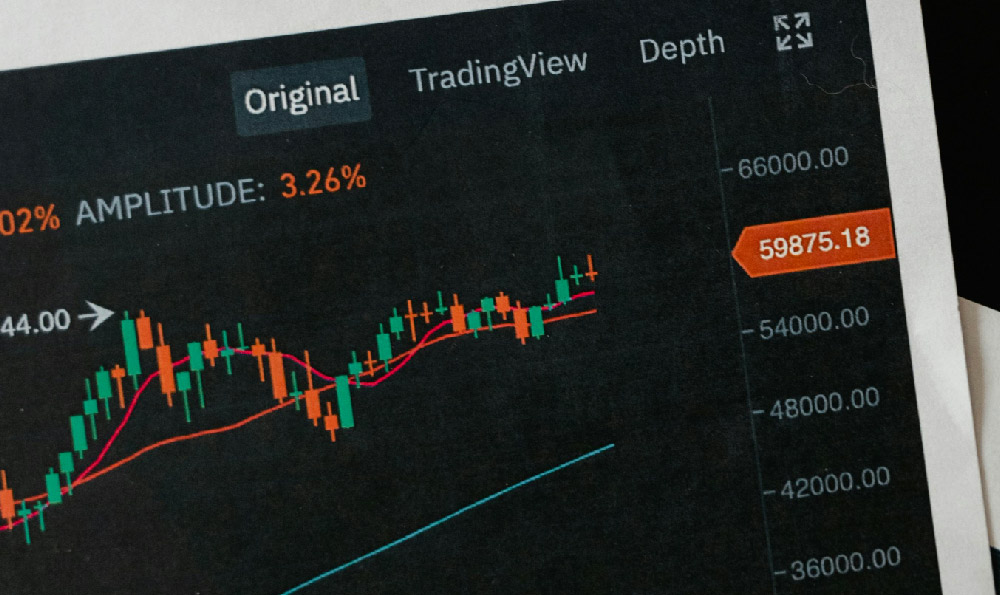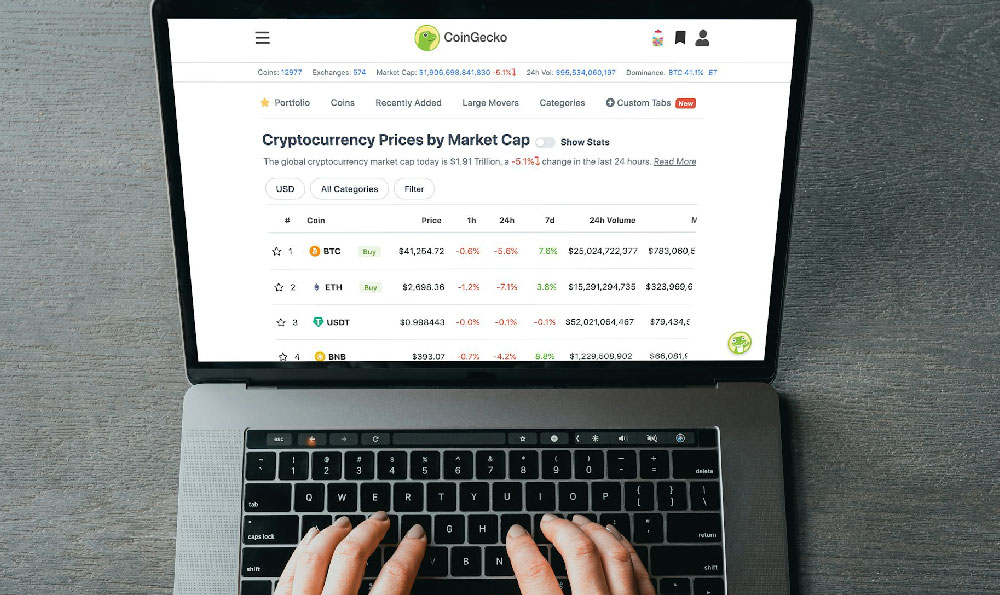Uber Eats has become a pivotal player in the global food delivery market, and understanding its dynamics can unlock new opportunities for generating income in 2024. The service's rapid expansion, fueled by increased consumer reliance on digital platforms for convenience, has created a unique ecosystem where individuals and businesses can leverage their skills or resources to monetize their involvement. As of 2024, the platform's algorithms and operational strategies have evolved, prompting both drivers and restaurant partners to adapt their approaches for maximum profitability.
The shift toward gig economy models has made Uber Eats an attractive option for those seeking flexible income sources. Drivers can earn additional revenue by optimizing their delivery routes, managing their time efficiently, and leveraging the platform's surge pricing during peak hours. For instance, in cities with high demand for food delivery, such as New York or San Francisco, drivers can position themselves to capture more orders by understanding local traffic patterns and restaurant peak times. Moreover, maintaining a clean and well-maintained vehicle, along with providing excellent customer service, can significantly impact a driver's earnings and overall experience on the app.
For restaurant owners, 2024 has seen a renewed focus on delivery-specific strategies to enhance visibility and profitability. The platform now offers features like delivery-only menus, which allow restaurants to cater to customers who prioritize convenience over dining in. Partnering with Uber Eats requires more than just listing your menu; it involves refining your business model to align with the platform's operational needs. This includes preparing food in quantities that meet the platform's delivery requirements, ensuring accurate order tracking, and maintaining a consistent supply chain. Additionally, investing in high-quality packaging that keeps food fresh during transit can differentiate a restaurant's offerings and increase customer satisfaction, ultimately leading to repeat orders.

The rise of micro-entrepreneurship has also influenced how individuals can utilize Uber Eats to generate income. In 2024, drivers in high-density urban areas have reported higher earnings due to increased order volumes. However, this comes with the need to balance workload with personal time, emphasizing the importance of sustainable practices. For example, drivers who incorporate charging breaks into their schedule, or utilize the platform's offline delivery options for rural areas, demonstrate innovative ways to manage their time effectively while maintaining profitability.
Investors looking to capitalize on Uber Eats' growth can explore opportunities in the delivery logistics sector. The platform's emphasis on reducing delivery times and improving customer satisfaction has driven investments in smart technology and AI-driven logistics. In 2024, the integration of machine learning algorithms to predict delivery patterns and optimize rider assignments has created new avenues for investment in start-up companies specializing in delivery tech solutions. Additionally, the expansion of Uber Eats into new markets, such as Southeast Asia and Latin America, has spurred growth in localized delivery services, offering investment potential in regions with untapped consumer demand.
The evolving landscape of food delivery has also highlighted the importance of community engagement. Restaurants and delivery drivers who engage with local communities through social media, loyalty programs, or exclusive promotions can create a loyal customer base that boosts their earnings. For example, partnerships with local influencers to promote delivery menu items have proven effective in driving traffic and increasing sales. Drivers who participate in community events, such as charity runs or local festivals, can enhance their brand visibility while earning additional income.
As 2024 progresses, the competitive nature of the food delivery market continues to shape income generation strategies. Drivers and restaurant partners must remain agile, continuously adapting to changes in consumer behavior and platform policies. For instance, the growing trend of eco-friendly delivery options has prompted some drivers to use electric vehicles or implement carbon offset programs, aligning their practices with sustainable business models while maintaining profitability. Similarly, restaurants are experimenting with delivery-only models, focusing on ingredients and cooking techniques that suit quick meal preparation and safe delivery.
The insights above underscore the multifaceted opportunities within Uber Eats' ecosystem. By strategically navigating the platform's features, adapting to market trends, and investing in sustainable practices, individuals and businesses can capitalize on this growing sector. Whether you're a driver seeking flexible income, a restaurant owner aiming to expand your reach, or an investor looking to tap into the logistics industry, understanding the nuances of Uber Eats operations can lead to substantial financial gains. The key lies in embracing innovation, maintaining flexibility, and leveraging the platform's strengths to create a unique value proposition that meets consumer needs and drives profitability.












